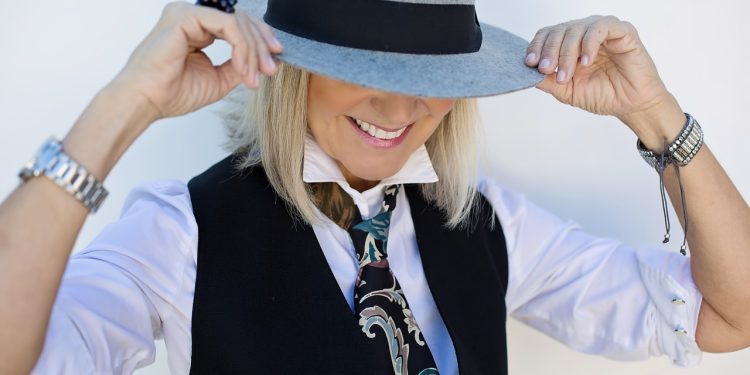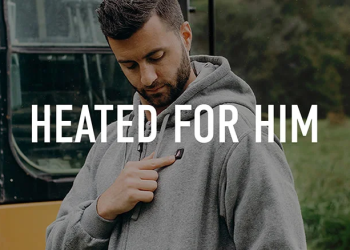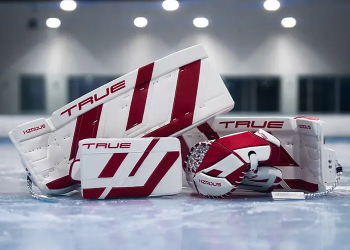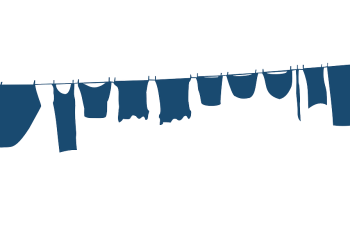Creating a balanced outfit is essential for achieving a polished and harmonious look. Balance in fashion refers to the art of combining proportions, textures, colors, and accessories in a way that feels cohesive and flattering. Whether you’re dressing for a casual outing, the office, or a formal event, these tips will help you create perfectly balanced outfits every time.
Understand Proportions
Proportions are key to building a balanced outfit. The way different pieces fit and interact with your body shape can make a significant difference. Here’s how to master proportions:
- Pair Fitted with Oversized: Balance loose pieces with more tailored ones, such as wearing a fitted top with wide-leg trousers or an oversized sweater with skinny jeans.
- Highlight Your Waist: Define your silhouette by tucking in your shirt or adding a belt to cinch your waist.
- Play with Lengths: Combine short and long items, like a cropped jacket over a maxi dress or a tunic paired with leggings.
Balancing proportions ensures your outfit looks intentional and flattering.
Stick to a Cohesive Color Palette
Color can unify an outfit and make it look well-thought-out. Here’s how to choose and combine colors effectively:
- Neutral Base: Start with classic neutrals like black, white, beige, or gray as the foundation of your outfit.
- Pop of Color: Add one or two bold hues through accessories, shoes, or a statement piece.
- Monochromatic Look: Dressing in varying shades of a single color creates a sleek and sophisticated aesthetic.
- Complementary Colors: Pair colors that sit opposite each other on the color wheel, like navy and orange or green and pink, for a striking yet balanced look.
A cohesive color palette ties your outfit together seamlessly.
Mix Textures and Fabrics
Incorporating a variety of textures adds depth and visual interest to your outfit. Combine:
- Soft and Structured Fabrics: Pair a chunky knit sweater with sleek leather pants or a silk blouse with tailored trousers.
- Shiny and Matte Materials: Mix satin or metallics with matte fabrics like cotton or wool.
- Textured Accessories: Add a suede bag, a fringed scarf, or woven shoes to complete the look.
Mixing textures prevents your outfit from feeling flat and adds dimension.
Balance Accessories
Accessories can elevate your outfit, but overloading can throw off the balance. Follow these guidelines:
- Statement Piece Rule: Let one accessory, like bold earrings or a statement necklace, take center stage while keeping others subtle.
- Proportional Accessories: Choose accessories that match the scale of your outfit—a delicate bracelet with a minimalist dress or a chunky bag with a cozy sweater.
- Coordinate Materials: Match the metals in your jewelry or the textures of your bag and shoes for a cohesive finish.
Thoughtful accessorizing enhances your look without overwhelming it.
Consider Your Body Shape
Dressing for your body shape ensures that your outfit flatters your proportions. Tips for different shapes include:
- Hourglass: Emphasize your waist with tailored pieces and belts.
- Pear: Highlight your upper body with structured tops or bold patterns.
- Apple: Opt for flowy tops and dresses that skim over your midsection.
- Rectangle: Create curves with peplum tops or belted dresses.
- Inverted Triangle: Balance broad shoulders with flared skirts or wide-leg pants.
Understanding your body shape helps you select pieces that enhance your natural silhouette.
Layer Thoughtfully
Layering adds depth and functionality to your outfit, but it requires careful planning to maintain balance. Tips for layering include:
- Start Simple: Begin with a fitted base layer and build up with progressively looser pieces.
- Vary Lengths: Use long cardigans, cropped jackets, or tunics to add dimension.
- Avoid Bulk: Choose lightweight fabrics for layering to maintain a streamlined silhouette.
Well-executed layering creates a stylish and practical outfit.
Choose the Right Footwear
Shoes can make or break an outfit. Select footwear that complements your outfit’s tone and proportions:
- Heels for Height: Pair heels with wide-leg pants or midi skirts to elongate your silhouette.
- Flats for Casual Balance: Loafers or ballet flats work well with tailored pieces for a laid-back yet polished look.
- Boots for Edge: Ankle boots or knee-high styles add a modern touch to dresses and skirts.
- Sneakers for Versatility: Classic white sneakers balance casual and formal elements effortlessly.
Matching the right shoes to your outfit completes the look.
Pay Attention to Fit
Ill-fitting clothes can disrupt the balance of an otherwise well-planned outfit. Ensure:
- Tailored Pieces: Invest in tailoring for items like blazers, trousers, and dresses.
- Proper Lengths: Adjust hems for pants and skirts to hit at the most flattering point.
- Comfortable Fit: Choose items that fit comfortably without being too tight or too loose.
A perfect fit enhances your confidence and overall appearance.
Incorporate Trends Sparingly
While trends can add a fresh twist to your wardrobe, overloading on trendy items can make your outfit look disjointed. Instead:
- Focus on One Trend: Incorporate a single trendy piece, like a bold jacket or statement shoes.
- Blend with Basics: Pair trendy items with timeless wardrobe staples.
- Choose Versatile Trends: Opt for trends that align with your personal style and can be worn multiple ways.
This approach ensures your outfit remains balanced and timeless.
Confidence is Key
Ultimately, the most important element of a balanced outfit is confidence. When you feel good in what you’re wearing, it shows. Trust your instincts, experiment with combinations, and embrace your unique style.








